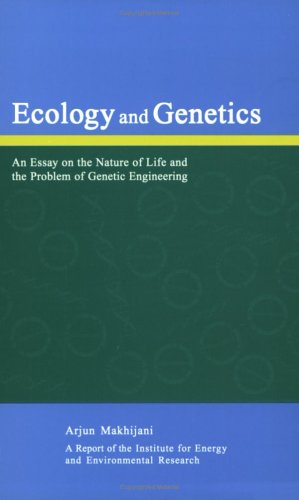Synopsis
The central thesis of this book is that the genetic structures of living beings are internal biological expressions of the ecosystems they need to survive. That is why living beings contribute to the reproduction of ecosystems by their everyday acts of living, in a global-scale symbiosis. Inter-species genetic engineering creates new types of living beings, which could not arise naturally and which are being introduced without a sound understanding of their ecological impacts. The potential for nasty ecological surprises, possibly greater than anything seen with chemicals, is outlined in this monograph, which is based on fundamental theoretical arguments, illustrated with many examples.
About the Author
Arjun Makhijani, President of the Institute for Energy and Environmental Research, in Takoma Park, Maryland, has worked in India s villages, organized for nuclear disarmament in the U.S., and written widely on energy, environmental, and economic issues. He has a PhD from the University of California, Berkeley, where he specialized in controlled nuclear fusion.
"About this title" may belong to another edition of this title.
